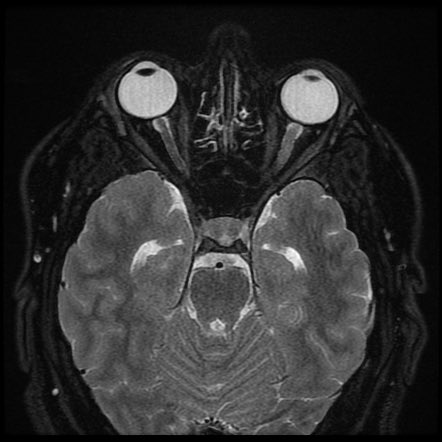Some nice learning tips from a case report on #AdrenalInsufficiency
I wish all articles had them!
1. It is important to include primary adrenal insufficiency in the differential diagnosis for significant hyponatraemia even with the absence of hyperkalaemia.
I wish all articles had them!
1. It is important to include primary adrenal insufficiency in the differential diagnosis for significant hyponatraemia even with the absence of hyperkalaemia.
2. Hypo-osmolar hyponatraemia with urine osmolality greater than serum osmolality and urinary sodium excretion >20 mmol/L, typically seen in syndrome of inappropriate antidiuretic hormone (SIADH), can also be seen in adrenal insufficiency, due to increased vasopressin secretion.
3. Ketonuria is seen in patients with hyponatraemia secondary to adrenal insufficiency, not SIADH. The urine ketone test is an easy point-of-care test to differentiate between these two causes of hyponatraemia.
4. Gingival hyperpigmentation is an important physical finding to look for in Addison's disease, even in the absence of obvious hyperpigmentation of sun-exposed skin. ncbi.nlm.nih.gov/pmc/articles/P… 

• • •
Missing some Tweet in this thread? You can try to
force a refresh






